One of the most important political developments of 2023 was the growing pushback against “diversity, equity and inclusion.” Those DEI programs and the ideology that underpin them are under siege politically and legally, and they are losing. They had grown rapidly, thanks to a mixture of support, indifference and timidity. But that began to ebb last year and will continue to recede in 2024.
The wounded patient was wheeled into the intensive care unit when the Supreme Court undermined a crucial foundation for DEI and related affirmative action programs. The decision came in Students for Fair Admissions v. Harvard and a similar case against the University of North Carolina. SCOTUS ruled the universities were illegally discriminating when their admissions favored some minorities and effectively penalized others. Neither public nor private universities had the right to do that.
Those lawsuits were brought against universities on behalf of Asian-Americans, but their victory has reverberated through the world of corporations, non-profits and government agencies. That’s not surprising since those institutions have a host of programs and practices similar to those at Harvard and UNC. They, too, discriminate in hiring and promotion, in hopes their “affirmative” policies will create more inclusive, racially-diverse workplaces. One question sure to reach the High Court is whether these programs are illegal.
The programs also raise practical questions. One is whether they actually achieve their aim of creating more inclusive workplaces. Or do they create more hostile, racially-divided ones and wider public resentment beyond them? Another question is whether institutions committed to these programs can find ways to work around the court decisions and hide their efforts.
The policies used to pursue these goals are sometimes called “reverse discrimination” because they benefit groups, primarily African-Americans, who had long been subjects of pernicious discrimination, segregation, and, indeed, racial hatred.
The terminology of “reverse discrimination” is outdated and misleading. We live more than half a century after the tectonic changes of the mid-1960s, when President Lyndon Johnson and a supportive Congress passed the Voting Rights Act, the Civil Rights Act and a series of massive government programs, many of them meant to assist historically-disadvantaged groups. After that long span, the beneficiaries today are the children and grandchildren of those who were harmed by segregation and Jim Crow laws.
The losers are not just the children, grandchildren and great-grandchildren of the beneficiaries of that invidious system. They are often the descendants of people who didn’t live in America during those years. If those descendants are subject to bias today, it is not “reverse discrimination.” It is “discrimination,” plain and simple.
This unadorned description is true no matter who benefits or loses from today’s bias, whether it is based on race, religion, sex, sexual orientation, national origin or anything besides merit. Restoring this ideal of equal treatment and equal opportunity would return American to its long-cherished ideals.
Those ideals are far different from equal outcomes, misleadingly called “equity,” as mandated by some government agency. In fact, the switch from America’s traditional goal “equal treatment” to the socialist aspiration of “equity in outcomes” is an ideological sleight-of-hand.
It is true, of course, that America often fell painfully short of its highest ideals. Sometimes it abandoned them entirely, as it did in Jim Crow laws, segregation in housing, employment and public accommodations, and, worst of all, chattel slavery. But our country will not come closer to achieving our ideals or creating a “more perfect Union” by turning its mistakes on their head. It certainly won’t do that now, after several decades of pursuing major programs to remedy past injustices.
Increasingly, that’s the conclusion the public and courts have reached. The left disagrees, and that includes nearly all intellectuals.
The rising resistance to affirmative action and race-based discrimination will have a crushing impact on DEI programs. It will reach well beyond universities to affect corporations, non-profits, and government agencies at the city, state and federal levels. All of them have similar programs. All are at risk.
The widening gyre of the SCOTUS decision has already begun to affect practices at these other institutions. Take the Small Business Administration, which has a loan program known as 8(a). Originally designed to help all disadvantaged people, the SBA decided years ago that some applicants would automatically qualify as “disadvantaged” if they were black, Hispanic, Asian or Native American. That rule would designate the founder of NVIDIA, Jensen Huang, as disadvantaged. He is worth about $16.7 billion.
A federal court struck down the SBA’s formulaic approach last summer. The agency temporarily suspended loan applications until it could come up with new rules and application procedures. When it issued them two months later, the message was that potential borrowers had to show how each one had been “disadvantaged.”
SBA has updated the application by adding a plain language fillable questionnaire for applicants to identify social disadvantage. Firms continue to have the option to prepare a social disadvantage narrative.
That’s right: the government is now asking for “social disadvantage narratives,” to be judged by mid-level federal bureaucrats.
The court ruling that upended the SBA minority-loan program is just the beginning. The SCOTUS decision on university admissions will unleash a torrent of legal disputes. Individuals will file suits claiming they lost jobs, admissions, scholarships or promotions to less-qualified candidates because they came from the “wrong” race. Corporate and government programs directed at minorities will be challenged when they include race-based criteria. Ultimately, the courts will have to flesh out the implications and limits of the Supreme Court ruling against Harvard and the University of North Carolina.
These cases, plus rising public resistance to DEI, are bound to have a far-reaching impact since the disputed programs are embedded in so many organizations. They are part of a broad push to create more diversity by hiring and promoting the “right kind of minorities,” particularly African Americans. Asian Americans were apparently not the right kind, as the evidence they presented in court showed convincingly. There is an equally strong push to admit favored minorities to academic programs, both as students and faculty. The controversy arises when they fall below the standard metrics used for other candidates. (Many, of course, surpass those metrics and don’t need “affirmative action.”)
Since it is illegal to use race as a basis for hiring, admission and promotion, the institutions that hope to continue using it, as many do, will have to evade detection. They are already working hard to do just that. That’s why thousands of universities have made standardized tests for academic merit “optional.” The officials who handle admissions don’t want courts looking over their shoulders and limiting their autonomy. They certainly don’t want to leave a damning statistical trail if they practice illegal discrimination. Covering up that trail is a major reason standardized tests are now optional. Without them for every candidate, it is harder for courts and litigants to compare the qualifications of those who were admitted and those who weren’t.
It is easy to see how some individuals are helped and others harmed by these efforts to increase “diversity, equity and inclusion.” But it also important to see how these efforts reshape the institutions that implement them. One of the most important is that they create large, entrenched and expensive bureaucracies. The goal of those bureaucracies is to set detailed regulations and then enforce those rules. They are typically given the investigative authority and coercive power to do it.
Since universities have been the focus of so much of this controversy, it is worth considering how DEI programs impact them specifically. The short answer is two ways. One is costly administrative bloat. The other is ideological meddling in every aspect of campus life, from student activities to academic matters that were once the exclusive preserve of faculty.
DEI administrators gain additional power because other administrators agree with them. These fellow administrators typically endorse DEI goals, oppose race neutrality and buttress their colleagues’ authority rather than contesting it. Senior university officials almost always go along, either because they agree or because they know that opposing it would end their upward trajectory. As politicians used tell patronage workers in the old city machines, “You need to go along to get along.” That advice still works for deans and provosts.
Of course, DEI bureaucracies are not the only reason why so many universities are weighed down with more administrators than students or faculty. Far from it. The main reason is that universities, like all institutions, must comply with a tangle of complex federal regulations, nearly all of them established, implemented and enforced by yet another set of bureaucrats —those in Washington.
The result is a pervasive regulatory web on every campus, requiring hundreds of administrators to ensure compliance and provide the federal government with data to prove it. That web is even thicker at university research hospitals, which grew out of the biological sciences and soon became profit centers in their own right.
For now, there is little hope of significantly reducing this blob of government regulations and the bureaucracies associated with them. But there is one important exception: programs involving DEI and affirmative action. Opponents of those programs now believe they can be cut. Supporters see the same trend and fear it means the loss of opportunities for historically-disadvantaged groups.
This debate won’t end soon, but the bureaucracies that implement these race-based programs might. DEI is still alive, but it’s on feeding tubes in the ICU. Its initials might soon be transposed to “die.”



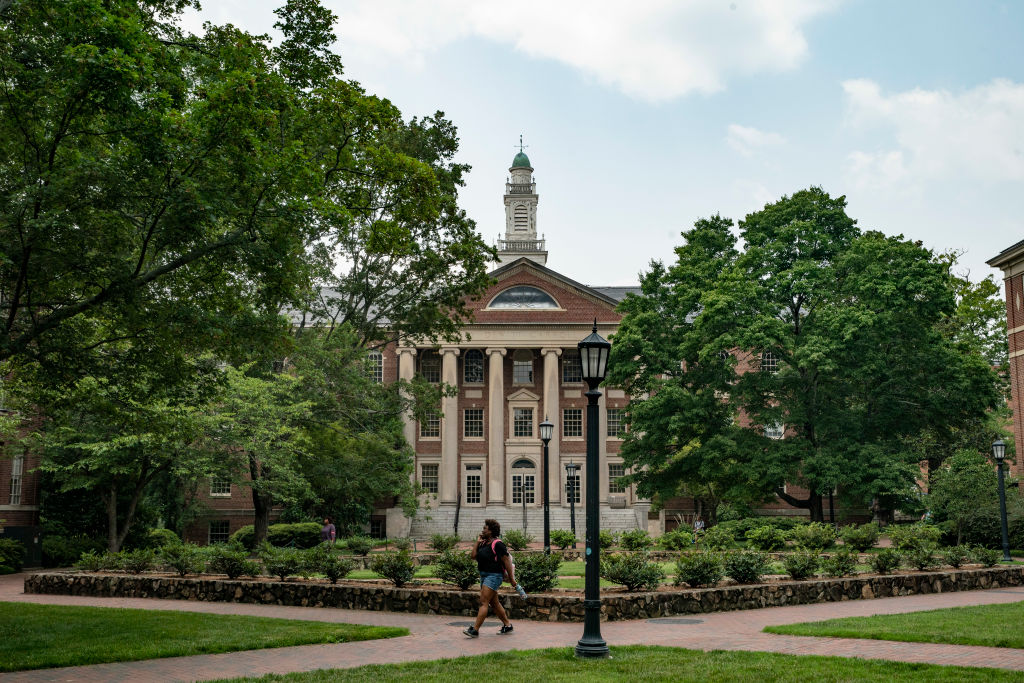






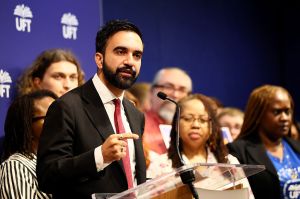
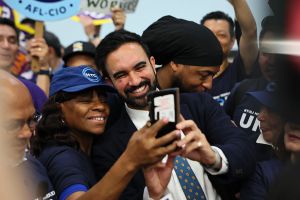

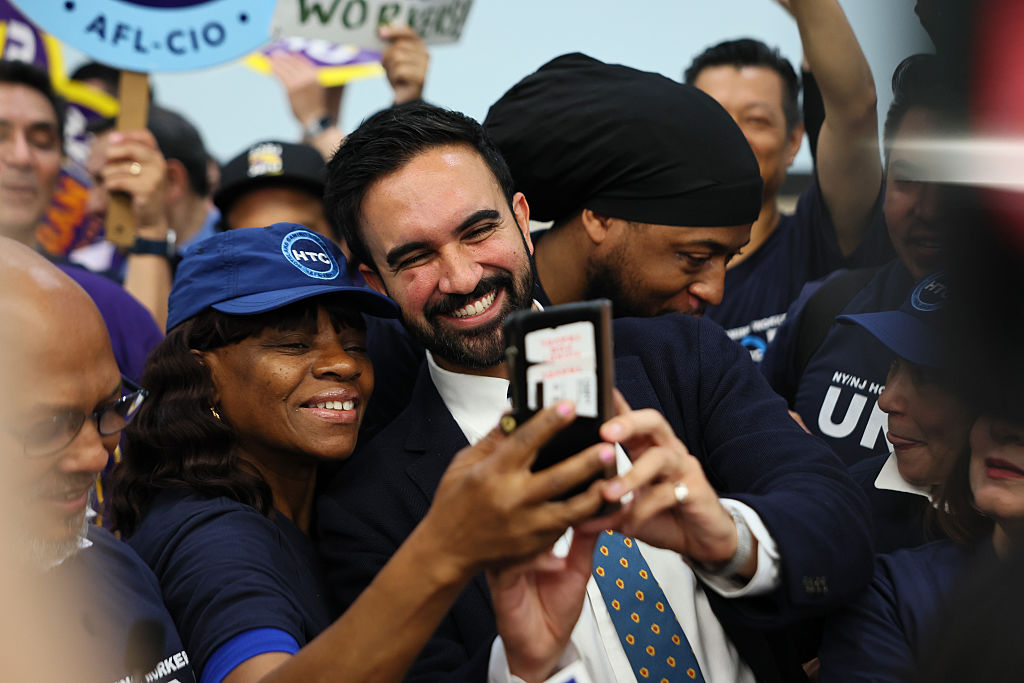
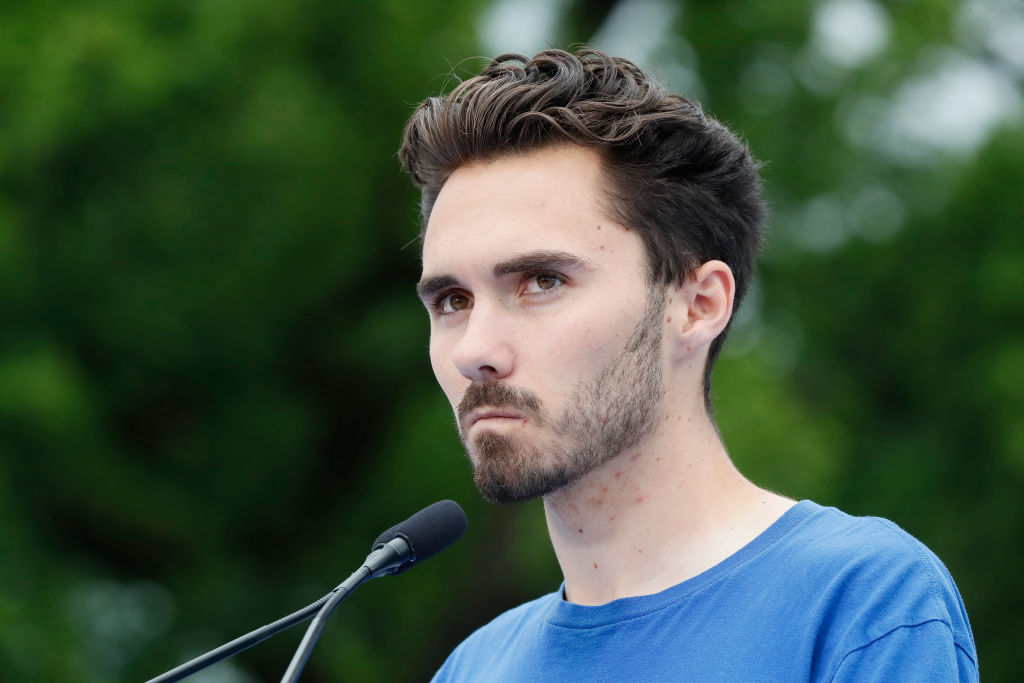
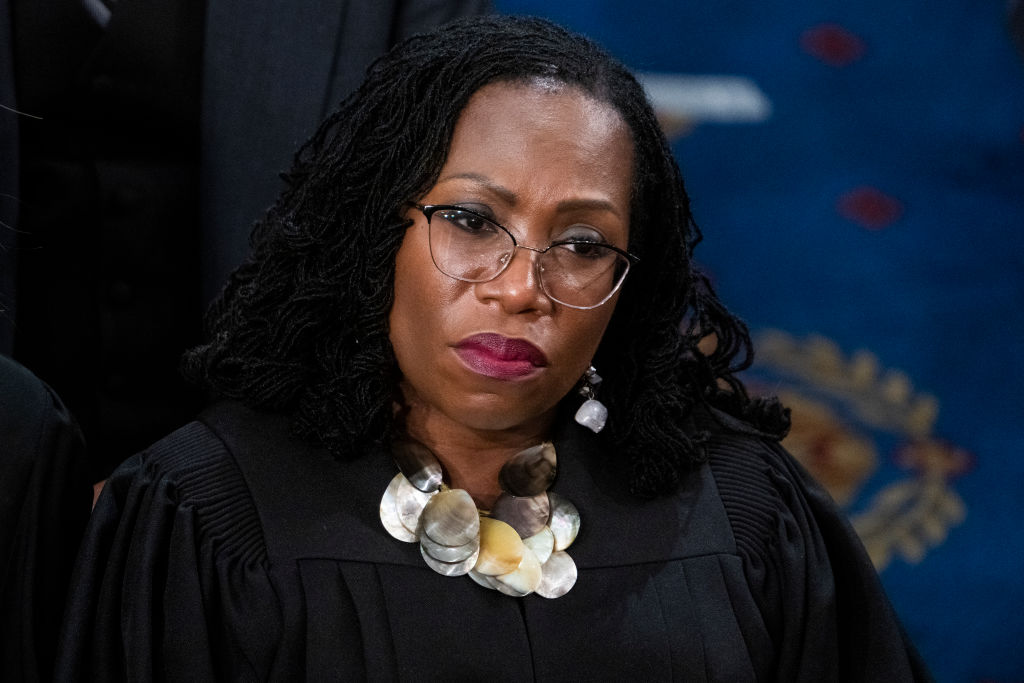
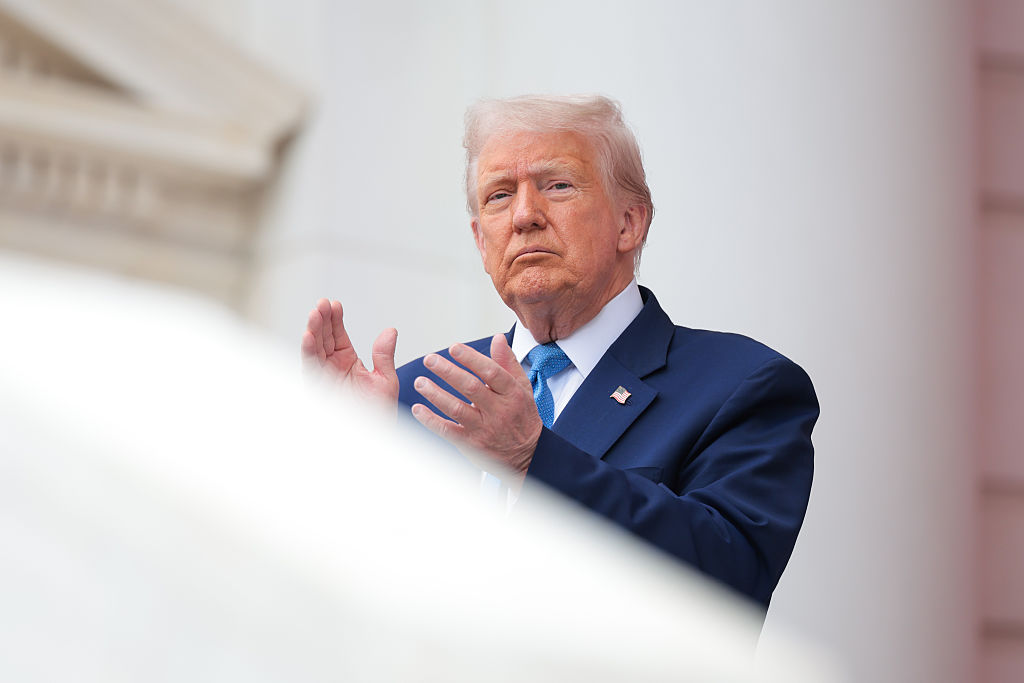
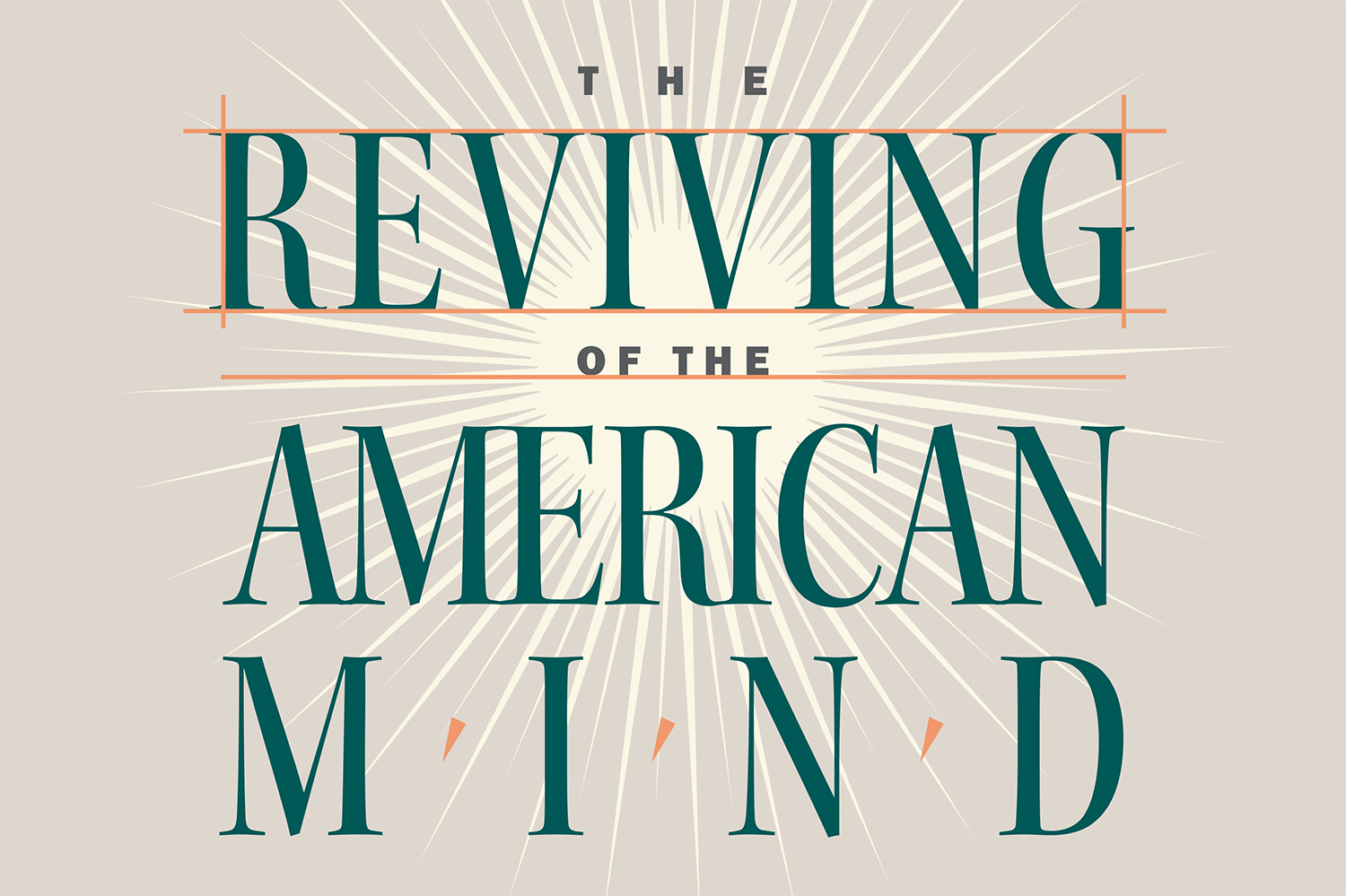
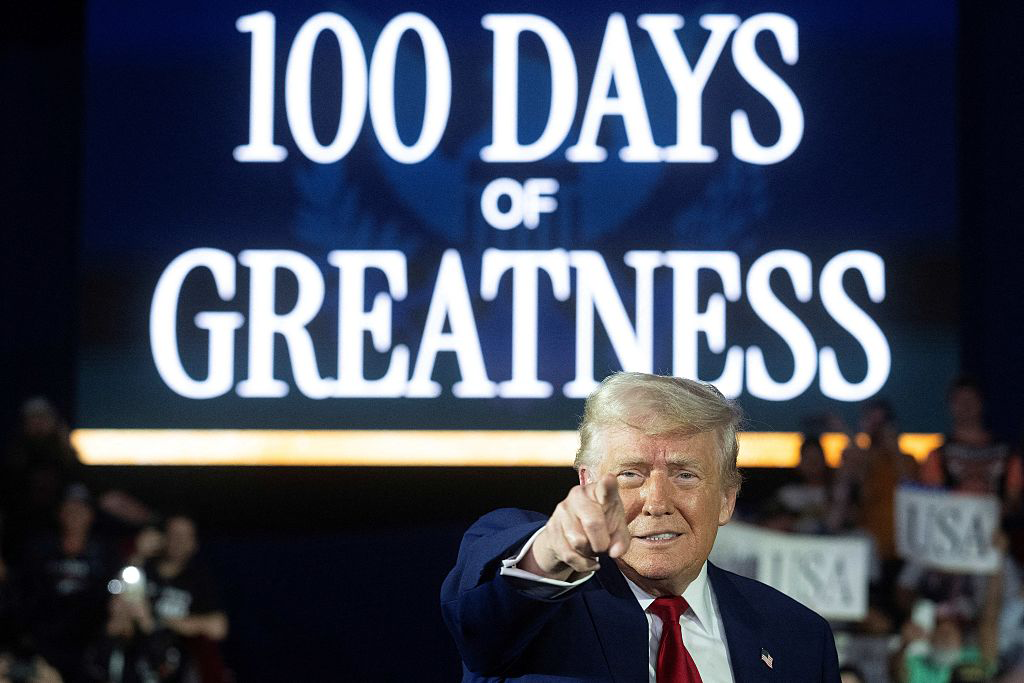







Leave a Reply